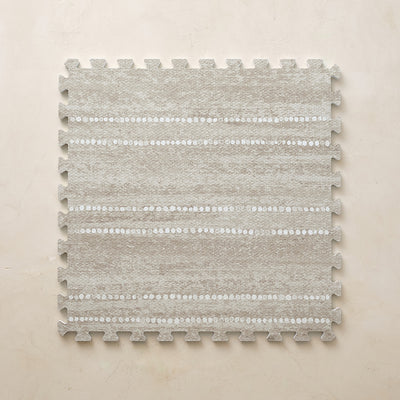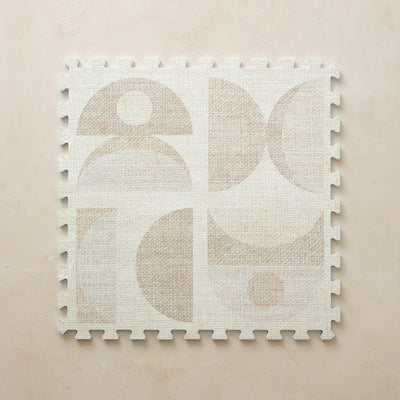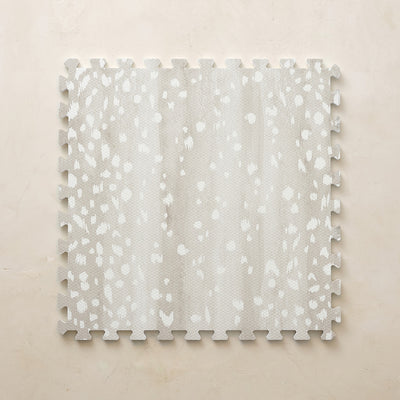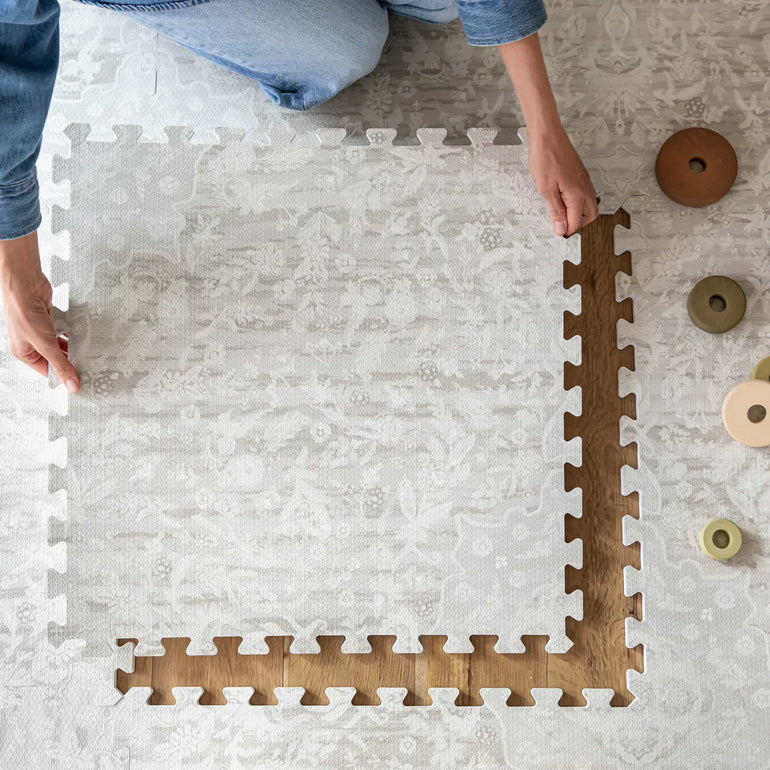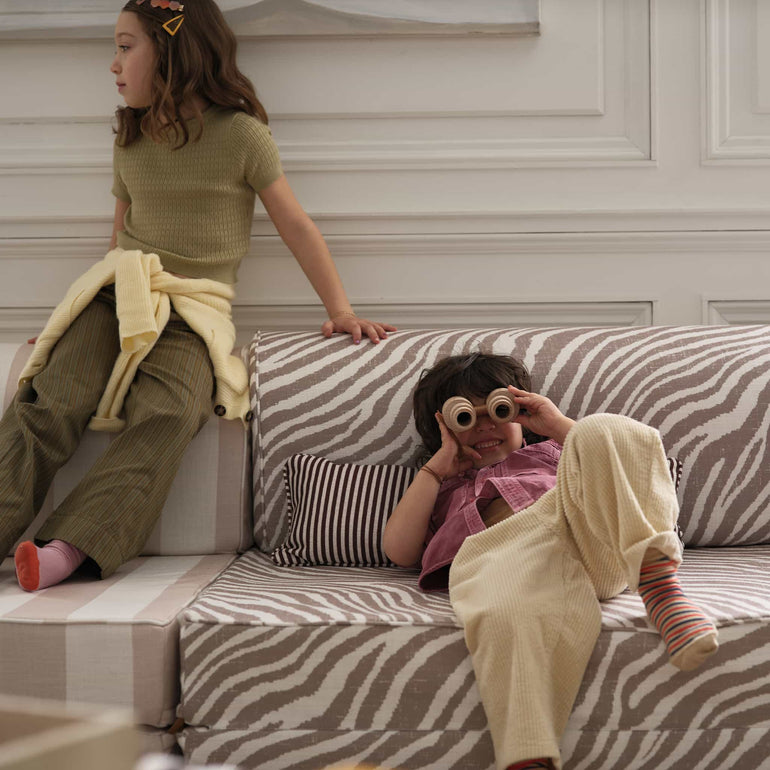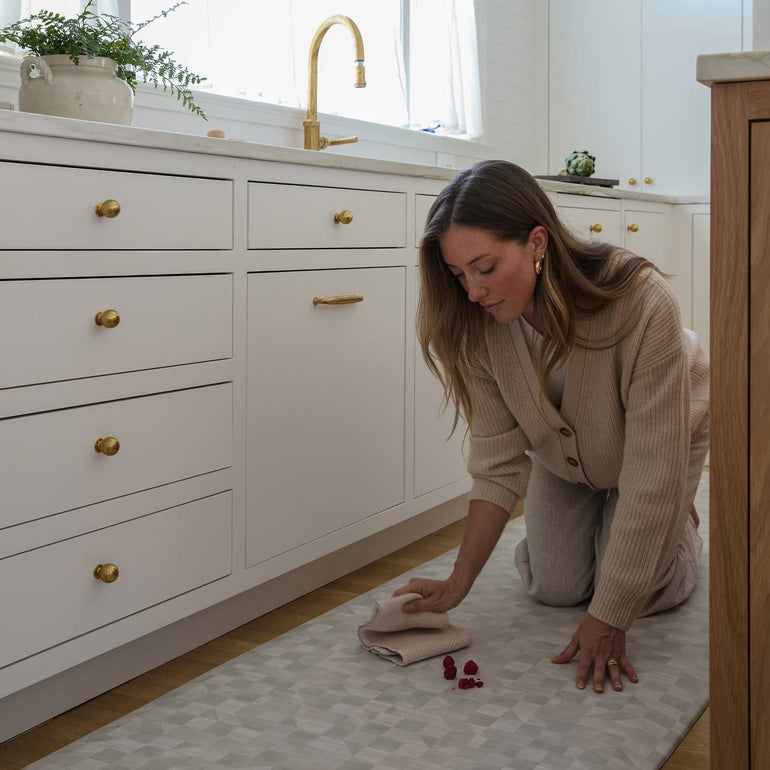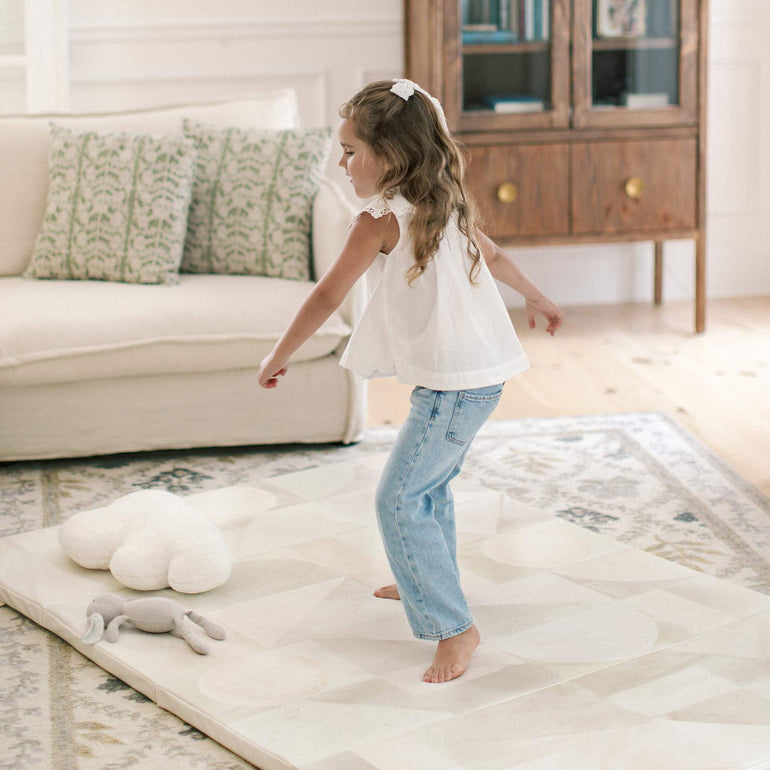
Hygge decorating is about more than filling a home with soft textures and warm lighting. It's about creating a genuine sense of belonging, a feeling that life’s simplest pleasures are enough.
In family homes, this approach feels especially powerful. Spaces designed around comfort, natural materials, and connection help children and adults alike slow down, feel secure, and enjoy the everyday moments. Whether it is curling up with a book, building a play fort in the living room, or gathering with friends and family for quiet evenings together, hygge homes celebrate the small, meaningful rhythms of life.
What Is Hygge and Why It Belongs in Family Homes
Hygge is a Danish concept centered around creating warmth, togetherness, and a deep sense of contentment. It encourages slowing down and appreciating the ordinary, from sharing meals to snuggling under a blanket on a rainy afternoon. When applied to family living spaces, hygge decorating helps create an environment where both kids and adults feel nurtured and connected.
Children naturally thrive in spaces that feel calm, soft, and safe. Hygge homes prioritize textures and design elements that evoke comfort and joy, making it easier for families to establish traditions, cultivate creativity, and deepen relationships.
Key Elements of Hygge Style Decor
Hygge style decor is rooted in softness, simplicity, and a sense of calm. Designing a hygge interior means paying attention to materials, colors, and the emotional feel of a space.
Choosing Materials That Feel Warm and Inviting
Texture plays a vital role in hygge interior design. Soft boucle, plush fabrics, knits, and cozy wool not only offer visual warmth but also provide physical comfort. Incorporating soft modular furniture into living rooms and play areas creates inviting spots where children can stretch out, explore, and unwind. Choosing natural materials like wood, cotton, and linen further deepens the sensory richness, offering a balance of beauty and practicality that feels grounded and real.
Designing with a Neutral Color Palette
A neutral color palette is another hallmark of hygge decorating. Soft creams, muted grays, warm taupes, and gentle whites work together to create a soothing backdrop rather than a stimulating one. Layering different tones within a neutral range helps maintain depth and interest without overwhelming the senses. Accents, such as throw pillows in cozy textures or natural fibers, can add layers of comfort to sofas, reading nooks, and children’s spaces.
Creating a Cozy, Calm Living Room for All Ages
In hygge homes, the living room becomes the heart of the home, fostering connection. Designing a space that welcomes adults and children means thinking flexibly. Soft seating, easily movable pieces, and intentional gathering spaces encourage relaxation and play. A play couch offers an innovative solution, providing a durable, adaptable element that supports everything from imaginative games to quiet story time.

Lighting also plays a key role. Using warm, layered lights instead of harsh overhead fixtures helps maintain a gentle, calming glow that encourages unwinding at any time of day.
Simple Hygge Decorating Ideas to Try Today
Bringing hygge style into the home does not require a complete redesign. Minor, thoughtful updates can instantly make a living space feel cozier and more connected. A few simple changes to your home decor can have a meaningful impact:
-
Layer textures by adding thick knit throws, woven rugs, and soft blankets throughout the home to create cozy spaces within larger rooms.
-
Introduce natural materials, such as wood, stone, and woven baskets, to ground the space and bring the outdoors inside.
-
Set up a dedicated reading nook with plenty of throw pillows and soft lighting, creating a quiet retreat for children and adults.
-
Use warm, layered lighting instead of relying solely on overhead fixtures, promoting a soft, inviting glow in the evenings.
These simple updates align with the hygge lifestyle by promoting slower moments, shared experiences, and a more profound sense of comfort throughout the living space. Even small touches can transform an ordinary room into a cozy, welcoming environment that supports everyday life with friends and family.
Designing a Hygge Home That Works for Real Life with Kids
A hygge home prioritizes creating spaces that foster everyday living with comfort and ease. Prioritizing functional design, simple materials, and flexible layouts makes it easier for families to enjoy their homes without constant upkeep or worry. Hygge decorating is not about achieving a specific look but about making choices that encourage relaxation, daily connection, and the enjoyment of small routines. By focusing on practicality and comfort, families can create a home environment that naturally adapts to their needs over time.
